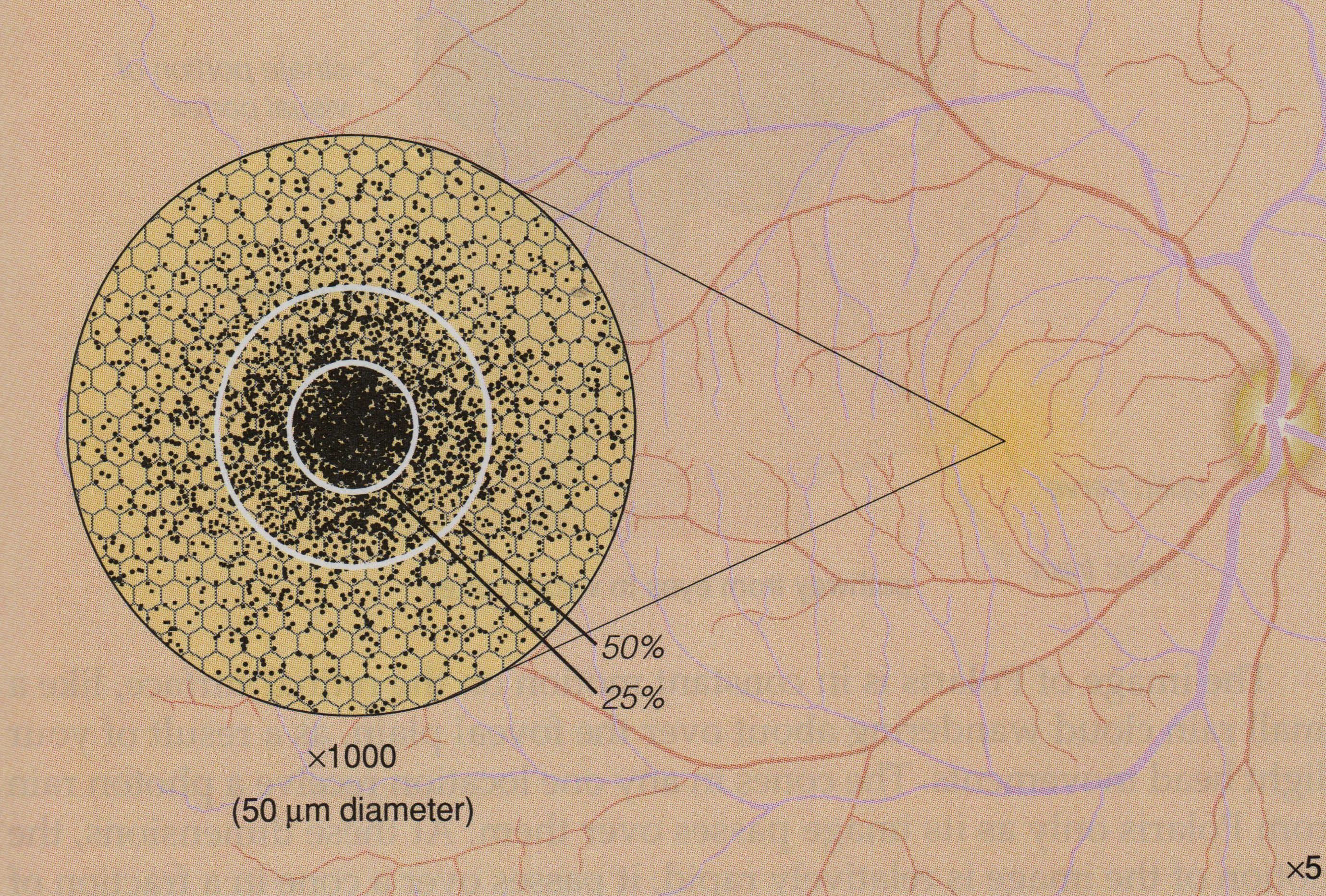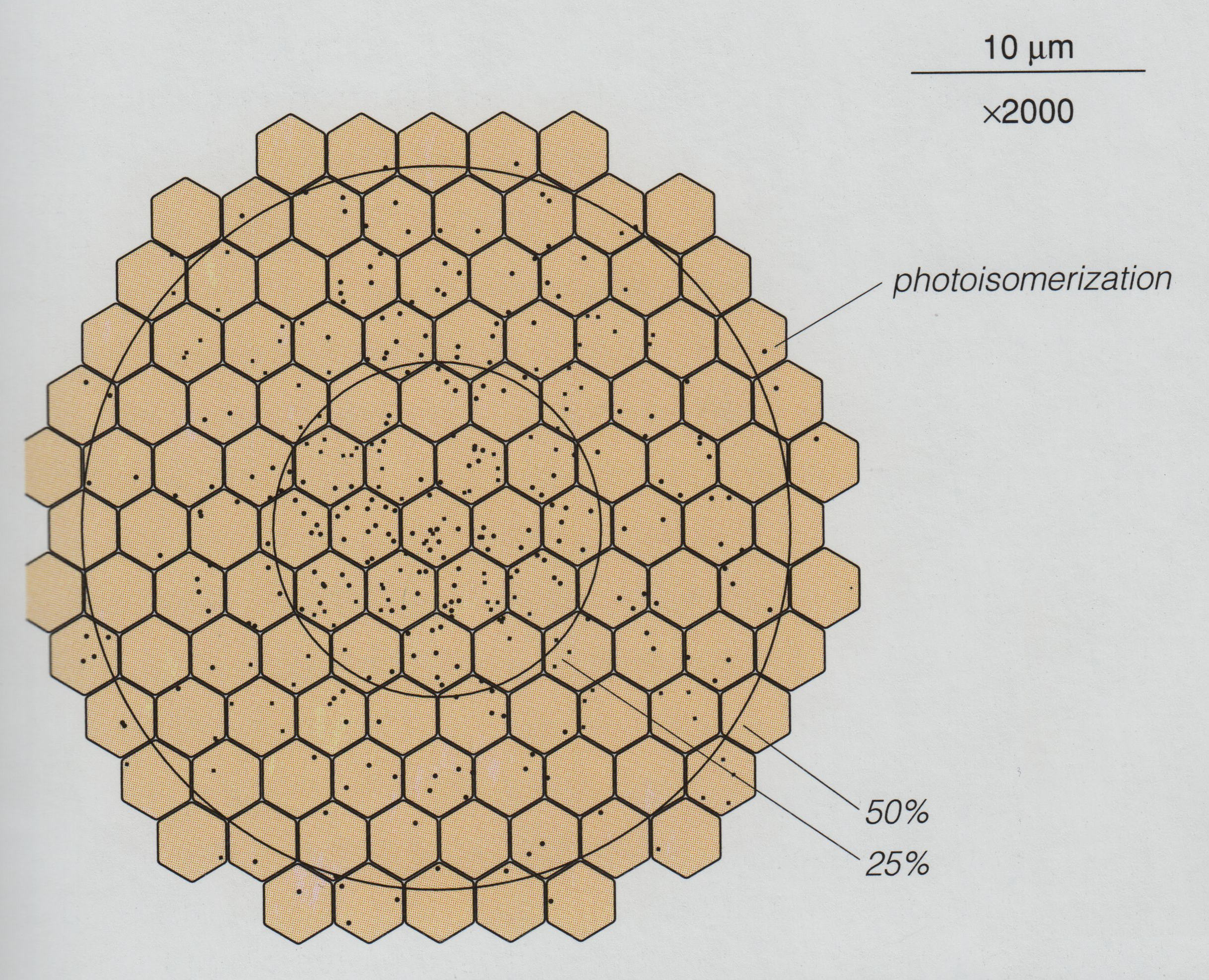
|

|

|

|
Albert Einstein won the Physics Nobel in 1921 not for his relativity theories but for arguing that certain experimental observations such as the photoelectric effect could be explained by assuming that light consisted of discrete point-like particles (later named photons by someone other than Einstein) whose energy E = h f was determined by the frequency f of the light via Planck's constant h. This was a highly controversial idea at the time since, during the several decades before Einstein's 1905 paper, many scientists had confirmed with great success and in many different contexts the correctness of Maxwell's equations and their prediction of electromagnetic waves with certain properties. In fact, the experimentalist Robert Millikan, who won a Nobel prize in 1923 for confirming Einstein's predictions about the photoelectric effect, stated in his Nobel speech that he still rejected Einstein's photon idea and believed that light was a wave phenomenon, despite his own experiments supporting Einstein's predictions.
However, long before Einstein published his ideas and long before the human race even existed on Earth, biology already knew about the discrete photonic structure of light in that organisms through evolution had developed sensors (these would be the rod neural cells in your mammalian eyes) that could detect a single photon, a remarkable feat. The evolutionary benefit in attaining such sensitivity is substantial. A calculation based on the Poisson statistics of discrete photons randomly striking the eye with some average rate (see pages 136-137 of the Rodieck book) shows that an animal that has one-photon detection capability would be able to see in light that is about 100,000 times dimmer than what an animal could see with detectors that required at least two photons (within a short period of time, say about 0.1 s) to be detected.
How photons strike the retina and are detected illustrate several key properties of quantum mechanics that will be discussed in Physics 264L. First is the fact that photons are discrete and are absorbed entirely, at which point they disappear. As an example, consider at night time your looking at the star Polaris, also called the North Star, which is a dim star about 400 light years from Earth, that you perceive as a small white dot in the night sky. (The light of this dot might twinkle but that has nothing to do with stellar physics or your eye, it has to do with the fluctuating index of refraction of turbulent air in the atmosphere.) The image in the upper left (taken from Rodieck's book "The First Steps in Seeing") shows a simulation of how a "rain of photons" arriving from Polaris would appear on the central foveal region of the retina of a human eye. (In many mammalian eyes, light sensors are not uniformly distributed over the surface of the retina, they have a high density near the center of the retina called the fovea, and then the density falls off away from the fovea.) The yellow smudge on the right midline of the figure is where the fovea is located, and the circular region on the left shows that region magnifed, revealing the densely packed hexagonal array of cones that detect light. The black dots sprinkled over the array indicate individual photons from Polaris that avoided being scattered or absorbed by the eye's cornea, lens, and vitreous and so arrived at the retina. Every 0.1 s (the shortest time interval in the retina for processing information at the neural level), about 6,000 such photons in the visual range arrive from Polaris at the retina.
But these are just the photons arriving at the retina, these are not the photons that are detected and that eventually lead to your perception of the star. The absorption of a photon by its interaction with some molecule is, according to quantum mechanics, a random event that cannot be predicted in any specific case, only the probability for many such events to occur under certain precise circumstances can be calculated. A single photon can interact with a long photosensitive molecule called retinal and quantum mechanics says that there is a certain quantum amplitude (a complex number whose length squared determines the probability of an event) for the photon to be absorbed, in which case the molecule changes it shape (called "photoisomerization"), which in turn triggers a powerful chemical amplification mechanism that makes the brain eventually aware of the photon being absorbed.
The probability of absorption and detection is rather small, as indicated in the above figure on the right, which indicates (again by simulation) the 700 photons of the original 6,000 photons striking the retina that actually cause a photoisomerization that leads to perception. Thus when you perceive Polaris, your brain is constructing the image from the ongoing activations of discrete molecules that are spread out randomly over the fovea as shown on the right. This basically means the cones that receive at least one and usually several photons within the 0.1 s processing time.
That you can perceive a constant clear image of Polaris from this noisy sampling is remarkable in two ways. The first reason has to with physics, that the spatiotemporal pattern of photoisomerized molecules in the cones changes randomly from moment to moment so your brain needs to extract the underlying pattern from these fluctuating events. The second reason has to do with neuroscience. Unlike a camera, your eyes do not sit still, they constantly move around in short-lived jumps called a saccades every 0.2 s or so, and so different regions of the fovea get exposed to the rain of photons from Polaris. How your brain assembles all of this noisy information to create the stable perception of a star is an interesting but unsolved question, that has to do more with neuroscience than physics, although physicists are helping to figure out the answer.
Finally, there is the question of what is special about the retinal
molecule that makes it suitable for responding to photons in the
visual range. In 264, we will apply the Schrodinger equation to a
simplified one-dimensional square potential to calculate and so
understand how long a certain kind of molecule (consisting of
alternating single and double bonds) must be to absorb photons of a
given frequency, and this simple theory will predict the length of
retinal and other photo-sensitive biomolecules to about 10% accuracy,
which is a nice insight. This same theory explains why humans can't
have X-ray vision like Superman.